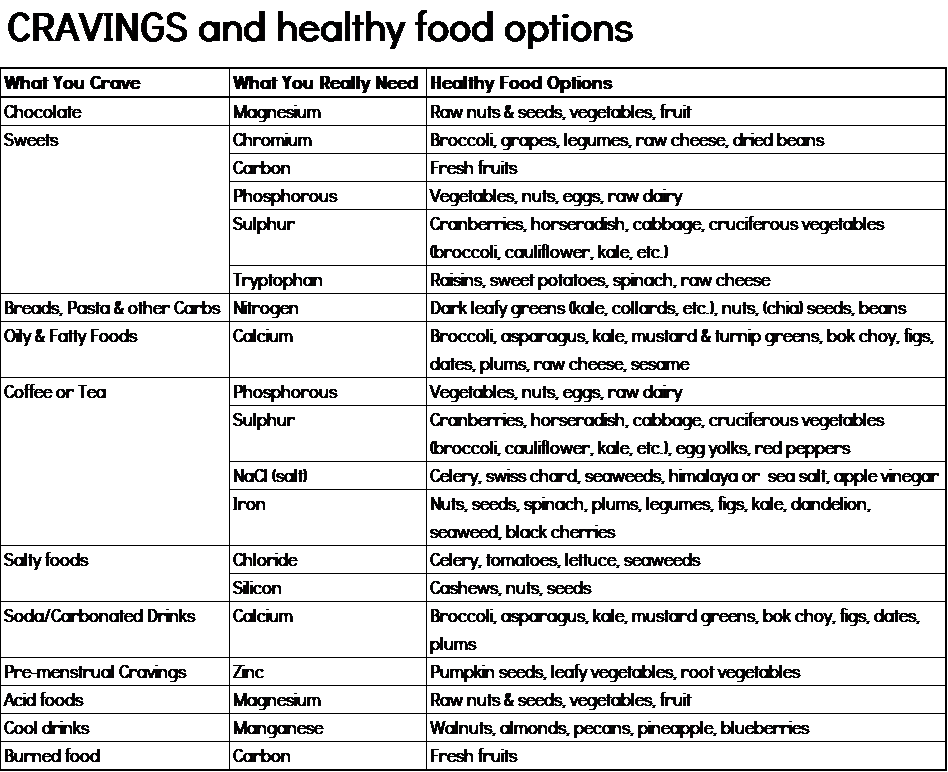Food (cravings) and using yoga to listen to your body
- Posted on
- By Aimée Kuntz
- Posted in Ayurveda, Mindfulness, Yoga Lifestyle
- 0

As yoga teachers, we often get questions with regard to what to eat. Well, it depends…… on what your own body tells you. Although this may sound vague, this blog will talk about how you can learn to pick-up the signals your body is sending and how to interpret these signals to know what your body needs at any given time, even in changing circumstances.
As yoga teachers, we often get questions with regard to what to eat. Well, it depends…… on what your own body tells you. Although this may sound vague, this blog will talk about how you can learn to pick-up the signals your body is sending and how to interpret these signals to know what your body needs at any given time, even in changing circumstances.
I will begin with explaining why food habits that work for some people do not necessarily have to work for others as well. Second I will talk about what you can do to improve your skills to listen to your body. This will be followed by how you can use those skills to understand the signals your body is telling you with regard to your individual nutrition needs. Finally I will provide some practical advice with regard to how to respond to difficult food craving moments, which can tell you what you need instead of what you want.
What your body digests
In general, good food for you is food that your body digests. I am not talking about a substance that is just passing through your body. I am talking about the efficient and effective absorption of nutrients in your body. However, while some people can digest for example raw foods perfectly (or within specific timeframes) and actually benefit from the enzymes in that type of food, other bodies need heated food to be able to digest the nutrients in it. Since there are differences between how people react to food, there are also differences between people with regard to their 'ultimate' food patterns. An Ayurvedic perspective helps to understand the differences between the digestive systems of different individuals.
According to Ayurveda (Sanskrit for science of life), there are 3 doshas (mind-body types): Vata, Pitta, and Kapha. Each dosha has its own unique blend of physical, emotional and mental characteristics. Each of us has his/her own blend of these 3 doshas, whereby usually the characteristics of one or two doshas are dominant.
A complete discussion on how the doshas are affected by food is outside the scope of this blog. Nevertheless an example is that pungent, bitter and astringent food in general increases Vata characteristics while decreasing Kapha characteristics. So while adding bitter foods could help to balance people with dominant Kapha characteristics, too much bitter foods could disturb the balance of people with dominant Vata characteristics. Another example is that Pitta types have in general a strong digestion (Deepok Chopra, Volop energie!).
Aside from these constitutional characteristics, your food needs are also affected by your stage of life, the season, your daily activities and the time of day. What works for your body at this moment, doesn’t necessarily work for you at another moment in your life or for someone else. So, how do you figure out what works for you right now? What works for me is staying connected to my body and listen to the signals my body is sending me. I will call this my mind-body connection. By becoming aware to what kind of foods I am attracted to, how my body responds to those kinds of food and adjusting my food pattern based on these signals, I'm triggering the transmission of messages between my body and brain (and vice versa), which improves my insight in what my body needs step-by-step. By using this signals to make adjustments to my food Habits©, I am still fine-tuning this learning process and tailoring my food pattern to my personal (ever changing) situation.
Improving your mind-body connection
The stronger your mind-body connection, the easier it is to figure out what kind of food is serving you. The good news is that you can improve your mind-body connection, for example by yoga. By practicing the yoga postures, you continuously send signals between your brain and body, which triggers the forming of new neurological patterns. And thereby you become more aware of the signals your body is sending.
If you are able to keep a smiling face during your yoga practice, your yoga is not only more effective to open your spine (G.M. Roach & C. Mc Nally, How Yoga Works), from my experience it is then also easier to stay aware how my body is processing the messages of my brain. For example, if I fall out of a balancing posture with a smile on my face, it feels just like work in progress. I'm just feeling where my body didn't respond yet, and subsequently just want to try again as soon as possible. If I practice without a relaxed smiling face, falling out of a posture tends to trigger emotional insecurities or frustrations that interrupt the feeling of where my body is technically working on. It also gives me room to give up (and to put myself down), which makes practicing yoga feeling far from relaxed and making it more difficult than it needs to be.
Sometimes we want to do the posture so badly that our faces are freezing and are losing their smile. Therefore (and to receive more benefits from your practice in general) it can help to follow a certain system to create more awareness in your yoga class; breathing, alignment (technique) and depth.
First you work on becoming aware of your breathing; are you breathing in and out by the nose? With that you are already working on awareness and your mind-body connection. :-)
Once you are breathing correctly (providing oxygen to the brain and muscles), you can work on sending messages between your mind and body to use the best technique possible for you today. This doesn't mean that your body has to be able to immediately process all these messages perfectly. It is about the intention and becoming aware how your body responds. Eventually your body creates new neurological patterns and is able to respond. It's just work-in-progress. And the good news is that you have already improved your mind-body connection even if all you become aware of is that your body does not respond yet.
Once your body is responding and therefore you can use appropriate technique (alignment) in the posture (and are still breathing), you can work on depth in the posture. Depth is giving you again different sensations in the body. Feeling those sensations and learning to become more comfortable within those sensations works again on improving your mind-body connection.
Listening to your body
So with each posture (asana) in class, you work on your mind-body connection. The more you work on this connection, the easier it becomes to become aware of the signals your body is giving you (outside of the yoga room) in relation to food (cravings) as well.
Timing can also help you. Immediately after class, the build-up mind-body connection has not yet been interrupted by other triggers from life. From my experience, immediately after class my body tells me so much about what kind of food it needs. Especially in the timeframe between class and drinking (coconut or lemon) water, the foods that are popping up in my head are those that provide the nutrition my body needs (more). By creating the Habit© to pay some attention to what your body tells you with regard to food after your yoga class, it gradually becomes easier to understand your body's nutritional needs and the changes therein. Also in the rest of your day.
Understanding food cravings
However, let's be realistic, the foods that popping up in your head are not always those foods that are known as healthy foods. So what to do with those most difficult food-moments a.k.a. food cravings? You can actually use those food cravings to a) work on your mind-body connection (again ;-) ) and b) learn about and adjust your food intake to your individual nutritional needs.
If you feel a food craving coming up, you can start with taking a deep breath. The calming effect of a deep breath sometimes already diminishes the food craving. If not, at least you incorporated an additional mind-body moment into your life that will help you in the long run.
Since food cravings for not-so-healthy products are often related to a lack of certain vitamins or minerals, you can use it as a diagnostic tool to understand your individual constitution (at this stage of your life).

Probably a lot of people still remember me for my love of (dark) chocolate. Cravings for chocolate are often related to a lack of magnesium. So, a few years ago I started with adding more greens, nuts, raw cacao and pumpkin seeds (known for relative high levels of magnesium) to my food pattern. Normal chocolate doesn't even taste that good to me anymore (too sweet) and I certainly do not have cravings for normal chocolate anymore. However, I still love a little piece of raw chocolate (with coconut nectar and coconut milk). ;-)
To help you with your food cravings, I included a food cravings table. You can look up your food cravings and start adding some real foods to your food pattern that increase the level of related minerals. When you listen to your current cravings and trace them back to what your body really needs and fulfil that need, your food intake is automatically moving along with the stages of life, seasons and other temporary influences as well. Subsequently, you can let your food cravings work for you by using them to work on your mind-body connection outside of the yoga room. And to adapt your food Habits© to your changing individual constitutional needs!
If in doubt, always consult a (natural) doctor to check if you are lacking certain nutrients (minerals or vitamins) and seek advice with regard to making changes to your diet.
Create worthwhile Food Habits©
- Work on your mind-body connection in yoga class;
- Take a moment immediately after class to feel your nutritional needs;
- If you feel a food craving coming up and suspect that it is not serving you, take a deep breath before you eat anything to increase your mind-body connection at that moment
- Print the food cravings table (and hang it on the refrigerator) and consult it if you feel a food craving come up. Add healthy foods to your diet that provide the nutrients that are lacking in your current diet and are causing your food cravings;
- If in doubt, consult your (natural) doctor with regard to changes to your diet.
ENJOY YOUR FOOD YOGAHABITS© TODAY!
Aimée Kuntz
Comments
Be the first to comment...